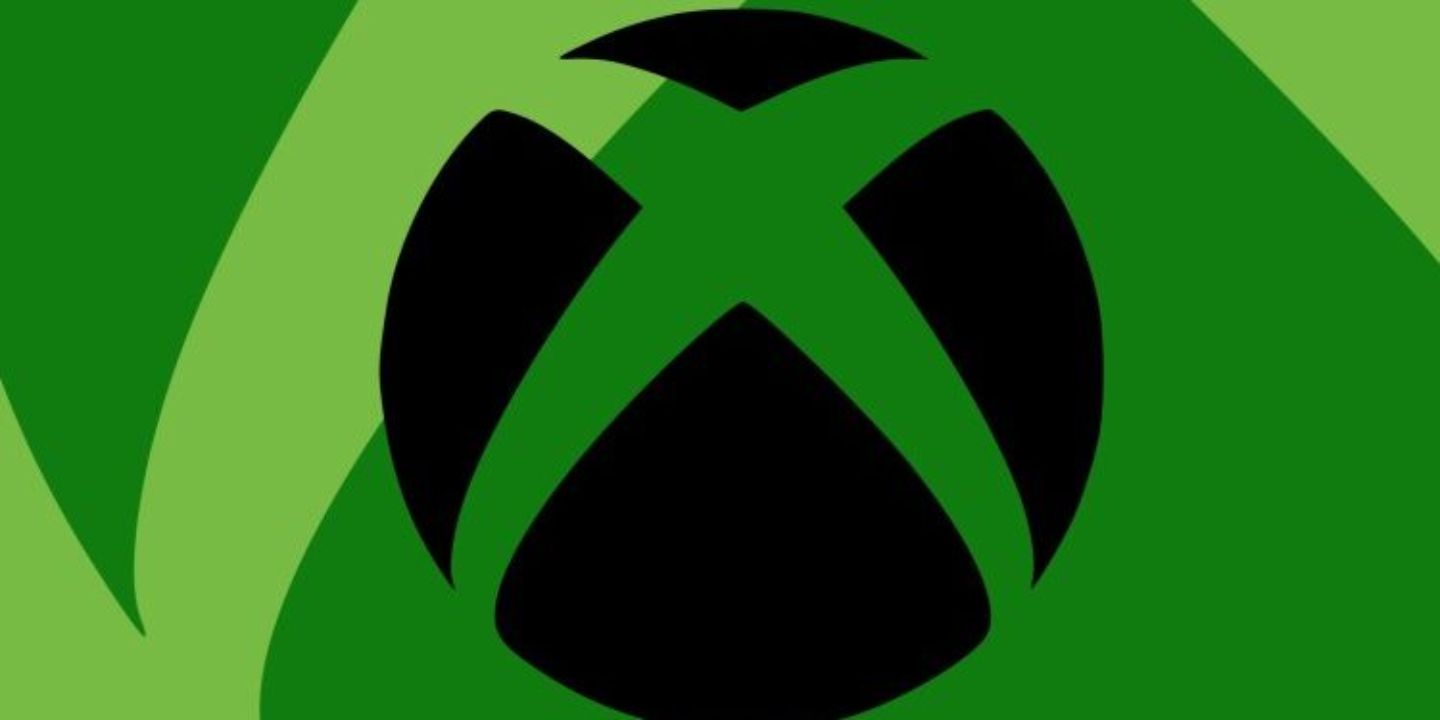Microsoft Raises Xbox Game Pass Ultimate Prices: Understanding the Global Shift and What It Means for Gamers
Microsoft has officially begun raising prices for Xbox Game Pass Ultimate in several key international markets — a move signaling the next phase in the evolution of its gaming subscription business. This price adjustment, while not global, reflects the rising costs of content, cloud infrastructure, and global inflation, all of which have made sustaining the original pricing structure increasingly difficult.
This isn’t simply a price hike. It’s part of a strategic repositioning by Microsoft — one designed to balance profitability, content investment, and global accessibility. As the company transitions from rapid subscriber growth to long-term financial stability, Game Pass is entering a new era where value and sustainability are equally important.
Let’s dive into what’s changing, why it’s happening, and how this decision will impact gamers around the world.
A Shift Toward Sustainability
When Microsoft first launched Xbox Game Pass Ultimate, the goal was clear: disrupt the gaming industry. By bundling hundreds of games — including first-party titles, cloud streaming, and PC access — into a single affordable subscription, Microsoft redefined how players consume games.
But this model came with a cost. Maintaining a vast library of premium games, supporting global cloud infrastructure, and acquiring new studios required enormous ongoing investment.
Initially, Microsoft absorbed these costs to build its user base, much like Netflix and Spotify did in their early years. Now that Game Pass has achieved wide adoption, the company is moving toward a sustainable pricing structure that reflects the true cost of delivering its ambitious vision.
Why the Price of Xbox Game Pass Ultimate Is Rising
The decision to raise prices is driven by a combination of economic, operational, and strategic factors. Let’s look at the main contributors behind Microsoft’s move.
1. Rising Content Costs
The biggest expense in any entertainment subscription model is content — and gaming is no exception.
Game Pass now offers access to:
- Day-one releases from Xbox Game Studios (like Starfield, Fable, and Avowed).
- Third-party blockbusters from major publishers.
- Indie gems and legacy classics that round out the library.
Securing these titles requires expensive licensing deals and revenue-sharing agreements. As the service grows, publishers have gained more leverage, demanding higher compensation for adding their games to the platform.
This creates a snowball effect: more subscribers mean higher expectations for content, which leads to more expensive licensing — and ultimately, higher operational costs for Microsoft.
2. Expanding Cloud Infrastructure
Game Pass Ultimate isn’t just a subscription; it’s a cloud gaming ecosystem powered by Xbox Cloud Gaming (xCloud).
Running xCloud at scale involves:
- Thousands of high-performance servers across Microsoft’s Azure data centers.
- Continuous hardware upgrades to support next-generation titles.
- Global bandwidth costs for streaming games seamlessly.
Each player streaming games through the cloud represents a real-time computing cost, and as the service expands across regions, these operational expenses multiply.
By adjusting regional pricing, Microsoft ensures it can continue upgrading its cloud infrastructure while maintaining service quality and low latency for players.
3. Inflation and Currency Fluctuations
Economic conditions have a direct impact on subscription services. In many countries, local currencies have weakened against the U.S. dollar, and inflation has driven up operational and staffing costs.
To maintain parity across regions, Microsoft must periodically rebalance pricing to reflect these changes. For example, a Game Pass subscription in a country with significant currency depreciation effectively earns Microsoft less revenue than it did a year ago.
This kind of regional pricing adjustment allows the company to remain profitable while still offering competitive pricing compared to local entertainment alternatives.
A Targeted Approach: Not a Global Price Hike
Unlike previous across-the-board increases, the Xbox Game Pass Ultimate adjustment is strategic and localized. Microsoft isn’t applying a one-size-fits-all approach; instead, it’s selectively raising prices based on regional economics and market maturity.
When Game Pass first launched in emerging markets, Microsoft intentionally kept prices low to:
- Encourage rapid adoption.
- Combat piracy in price-sensitive regions.
- Build loyalty and brand awareness among new players.
Now that those markets have matured — with established subscriber bases and local infrastructure — Microsoft is aligning prices with global standards and local purchasing power.
This means that while some countries will see noticeable increases, others may experience smaller adjustments or none at all.
From Market Disruptor to Market Leader
In its early years, Game Pass was a market disruptor — a bold experiment that challenged the traditional “buy-to-play” gaming model.
But today, the service has evolved into the cornerstone of the Xbox ecosystem, boasting millions of active subscribers and a growing library of over 400 games.
As a result, Microsoft’s focus has shifted from acquisition to optimization. The company is now testing the “price elasticity” of the service — essentially, how much subscribers are willing to pay before reconsidering their subscription.
This gradual adjustment is not only financially prudent but also gives Microsoft valuable insights into consumer behavior in different markets.
The Value Proposition: Still Strong
Even with higher prices, Xbox Game Pass Ultimate remains one of the best deals in gaming.
Subscribers continue to receive:
- Instant access to hundreds of high-quality games across console, PC, and cloud.
- Day-one releases of first-party Xbox exclusives.
- EA Play membership, adding dozens of extra titles.
- Cross-platform play and cloud sync, making gaming more seamless than ever.
For most users, the overall value far outweighs the price increase. A single new game typically costs more than several months of Game Pass Ultimate — making it an incredible deal for players who explore multiple titles regularly.
However, Microsoft knows that maintaining this perception of value is crucial. That means ensuring the content pipeline remains strong and that subscribers continue to feel like they’re getting more than what they pay for.
Challenges: Subscription Fatigue and Market Sensitivity
One concern is subscription fatigue — the growing weariness consumers feel as multiple services (Netflix, Spotify, Disney+, etc.) all raise prices.
For some users, especially in developing markets, even small increases can prompt cancellations. Microsoft’s challenge is to balance pricing precision with customer retention.
That’s why the company’s communication strategy emphasizes value rather than cost. Microsoft wants subscribers to see Game Pass as an essential entertainment utility, not just another subscription fee.
This is particularly important as the company continues to expand into mobile and cloud-first markets, where affordability determines adoption rates.
Long-Term Outlook: Building a Sustainable Ecosystem
Microsoft’s decision to increase Game Pass Ultimate prices is not merely about short-term revenue. It’s part of a long-term strategic plan to ensure the ecosystem can support its growing ambitions.
Here’s what this means moving forward:
- Ongoing Content Expansion: Microsoft’s acquisitions (like Activision Blizzard and Bethesda) ensure a steady pipeline of blockbuster titles.
- Cloud Gaming Growth: As more players access Game Pass on phones and tablets, Microsoft will need even more cloud servers.
- AI and Personalization: The company is expected to integrate AI tools to improve game discovery and player recommendations.
- Cross-Platform Integration: Expect deeper connections between Xbox consoles, Windows PCs, and mobile devices.
By solidifying Game Pass as the centerpiece of its gaming strategy, Microsoft is betting on services over hardware, ensuring consistent revenue even as console sales fluctuate.
A Global Perspective: Market Standardization
Microsoft’s selective pricing strategy also aims to standardize the perceived value of Game Pass across borders.
In many markets, Game Pass Ultimate remains cheaper than equivalent entertainment options like Netflix or Disney+. By gradually adjusting prices, Microsoft brings its gaming service in line with global entertainment norms while still offering unmatched value through its vast library and cloud access.
This approach reflects a broader industry trend — where subscription models mature from aggressive growth tactics to long-term profitability.
What This Means for Subscribers
If you’re an existing subscriber, here’s what you should keep in mind:
- You’ll continue to get access to all Game Pass Ultimate features.
- Microsoft typically provides advance notice before implementing new prices.
- Annual and promotional plans may still offer discounted rates for loyal customers.
Most importantly, the core value of the service — day-one exclusives, cloud play, and cross-device flexibility — remains unchanged.
Final Thoughts: A Necessary Evolution
Microsoft’s decision to raise prices for Xbox Game Pass Ultimate isn’t a betrayal of gamers — it’s a necessary evolution for the service’s future.
As the cost of delivering cutting-edge content and cloud infrastructure rises, modest price adjustments are the only way to ensure continued growth and innovation.
The good news? The service still delivers exceptional value compared to traditional game purchases or competing subscriptions. And if the quality of new releases and the power of cloud streaming continue to improve, subscribers will likely view this move as justified.
Game Pass Ultimate remains a cornerstone of modern gaming — a subscription that continues to define how we play, connect, and experience interactive entertainment in the digital age.
FAQs About Xbox Game Pass Ultimate Price Increase
1. Why is Microsoft increasing Game Pass Ultimate prices?
Microsoft cites higher costs of content, cloud operations, and inflation as key reasons behind the price adjustment.
2. Are the price increases global?
No. The changes are selective and regional, based on local economics, currency values, and market maturity.
3. Will existing subscribers be affected immediately?
Current subscribers are usually notified in advance, and the new prices take effect after their current billing cycle.
4. What makes Game Pass Ultimate worth the price?
It offers day-one releases, cloud gaming, PC access, and an EA Play membership — delivering unmatched gaming value.
5. How often does Microsoft adjust prices?
Price reviews happen occasionally to account for currency shifts, inflation, and evolving service costs.
6. Can I switch to a cheaper plan?
Yes, you can downgrade to the Console-only or PC Game Pass tiers if you don’t need Ultimate’s full benefits.
7. What regions are affected by the new prices?
Microsoft has not disclosed all affected countries, but changes primarily impact select international markets.
8. Will the content library shrink after the price hike?
No. In fact, Microsoft plans to expand the Game Pass library with more first-party and third-party titles.
9. How does this compare to other gaming subscriptions?
Even with higher prices, Game Pass Ultimate remains competitively priced relative to services like PlayStation Plus Premium.
10. Is this the last price increase we’ll see?
Unlikely. As the gaming industry continues evolving, periodic adjustments will remain part of maintaining long-term service quality.
In summary, Microsoft’s Game Pass Ultimate price increase represents a strategic evolution rather than a simple cost adjustment. It reflects the realities of delivering high-value content and global cloud streaming at scale — while continuing to redefine what a gaming subscription can offer.
Even with new pricing, Game Pass Ultimate remains the gold standard of gaming subscriptions, balancing affordability, innovation, and accessibility for millions of players worldwide.

